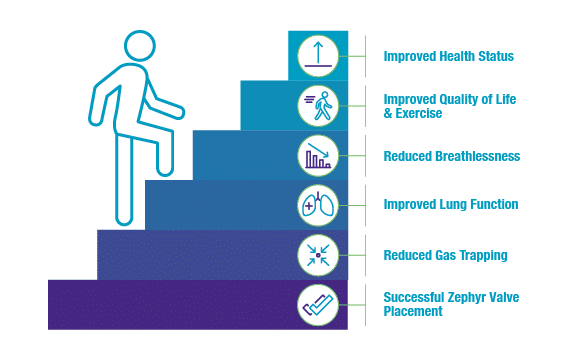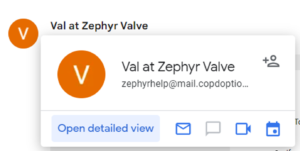Medication and Surgery Are Not the Only Options to Treat Severe COPD and Emphysema
When you take your medications but still have shortness of breath, it may be time to talk to your doctor about the Zephyr Valve treatment — a minimally invasive procedure to help improve your breathing and quality of life. It is a minimally invasive procedure that is completed in about an hour. The valves are placed by bronchoscopy which requires no incisions or cutting, so the benefits are achieved without many of the risks of traditional surgical options.








